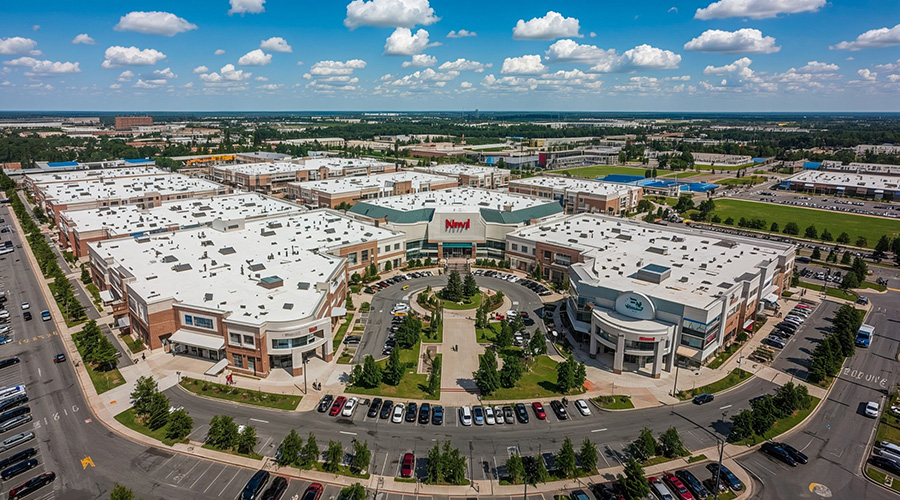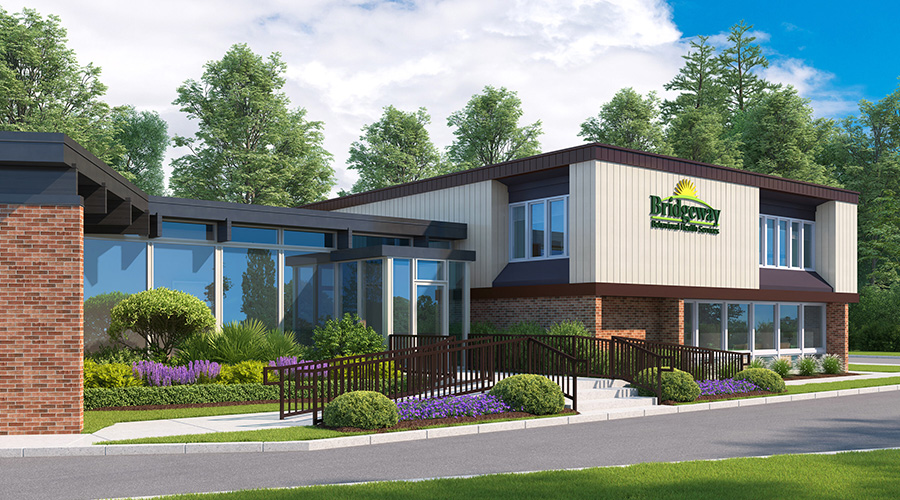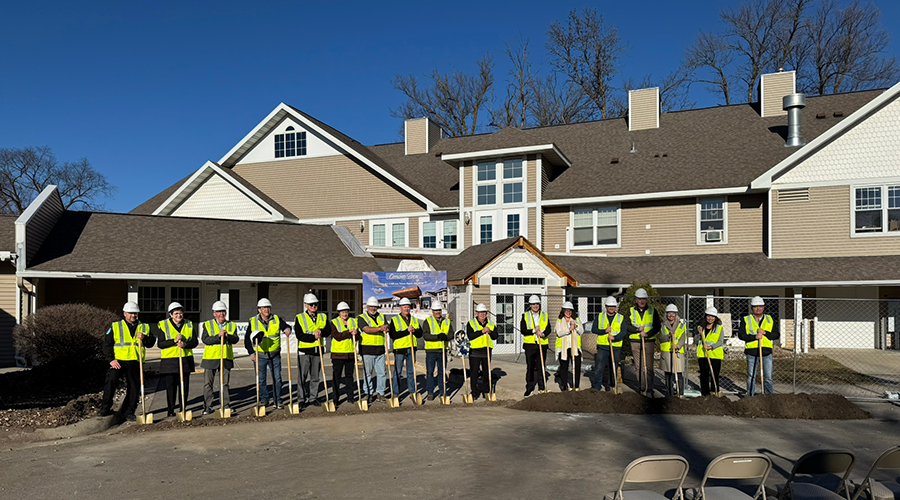The University of California, Davis' Health & Wellness Center in Davis, Calif., which opened in 2010 to replace an aging 1950s student health center, houses primary care services and specialty services such as acupuncture and neurology, as well as laboratory services and office support areas. Covering over 75,000 square feet, the facility earned LEED-NC Gold in 2012 by incorporating a range of green technologies that help it perform at least 20 percent better than California Energy Code, per university mandate.
One of the strategies that really drives energy efficiency in the facility is the use of chilled beams, says an article in High Performing Buildings. Chilled beams are not typically used in the United States, largely due to lack of familiarity with the technology.
"Chilled beams bring cooling to the zone level, virtually eliminating reheat and allowing the amount of air delivered to be reduced to only what is required for ventilation," says the article. "They also reduce the fan energy associated with heating, cooling and ventilation, resulting in greatly reduced energy needs compared to a traditional HVAC system."
Chilled beams can be especially beneficial in terms of energy efficiency in facilities with high ventilation requirements, as they help separate ventilation from conditioning requirements. Also, chilled beams use warmer water than would be used for dehumidification, so cooling plant performance improves.
The chilled beam system at the Health & Wellness Center allows for benefits beyond direct energy use. The facility's 100 percent dedicated outdoor air system is augmented by the induction characteristics of chilled beams, allowing for high air changes in occupied spaces and preventing stratification. Smaller ducts allowed for a 3-foot shorter facility, saving on envelope materials.
In addition to the chilled beams, other systems driving sustainability include a 41 percent window to wall ratio for access to natural light, operable windows, a section of vegetative roof, occupancy sensors and water-conserving restroom fixtures.
Read the article.

Chilled beams push UC Davis Health & Wellness Center to LEED Gold
The University of California, Davis' Health & Wellness Center in Davis, Calif., earned LEED-NC Gold in 2012 by incorporating a range of green technologies that help it perform at least 20 percent better than California Energy Code.
By Healthcare Facilities Today
March 6, 2013
Topic Area: Sustainable Operations
Recent Posts
 Healthcare Is the New Retail
Healthcare Is the New Retail
How site selection strategies are shaping the future of medical real estate.
 Bridgeway Behavioral Health Services Launches Campaign to Renovate Health Center
Bridgeway Behavioral Health Services Launches Campaign to Renovate Health Center
The $2 million capital campaign aims to renovate and expand the outpatient behavioral health center in Elizabeth, New Jersey.
 Ground Broken for New North Dakota State Hospital
Ground Broken for New North Dakota State Hospital
The 300,000-square-foot facility in Jamestown will provide 140 beds in a modern, trauma-informed care environment.
 AI Usage for Healthcare Facilities
AI Usage for Healthcare Facilities
People in all industries are finding more use cases for artificial intelligence.
 Ground Broken on Pelican Valley Senior Living Modernization Project
Ground Broken on Pelican Valley Senior Living Modernization Project
It is expected to reach completion in early-mid 2027.